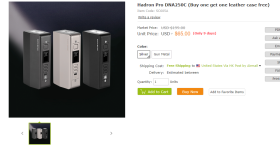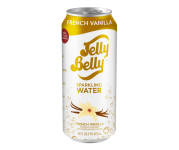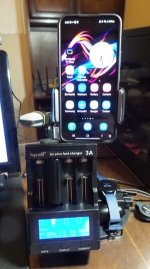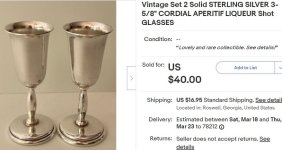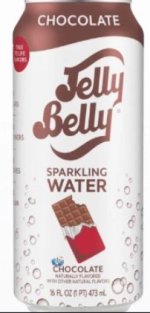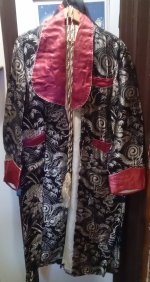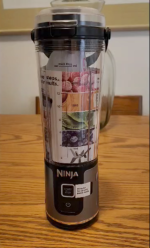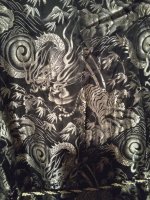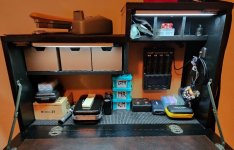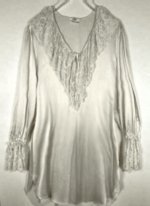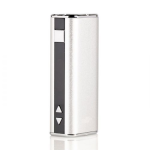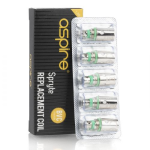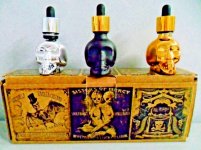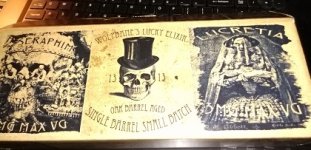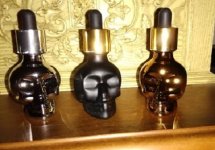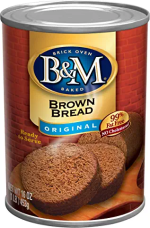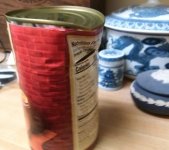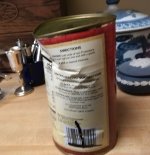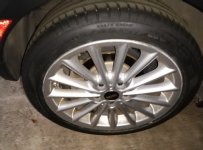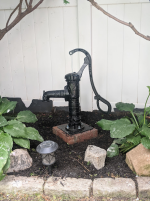I really do not know who are the real futhermuckers who are trying to bring down our economy, our standard of living, and ultimately our civilization, but first it was food factories, food processing centers and food warehouses blowing up and burning down. Now it's attacks on power substations:
https://www.newsweek.com/physical-attacks-power-substations-multiple-states-1765225
I feel like there is a rising tide of justice, but how long it will be before things settle down so that we're not on constant high alert, I do not know. After we were promised long ago, in 2021, a coming period of rolling blackouts no matter where we are, and after the February 2021 stormageddon that left us without power, and many days without running water, I started investigating emergency heat. The first thing I did was buy this:
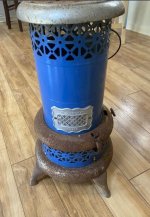
And I had it restored, sandblasted, repainted with high heat resistant paint (engine paint). In this pic it's sitting on top of a trunk, and yes I know, you'd never use a kerosene heater in such a precarious position as this, but keep reading.
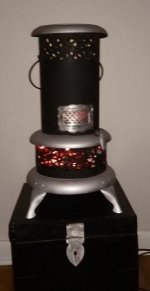
The guy who restored it brought it back with a gift can of kerosene. I could smell it without opening the can, and when I did I knew I would never, ever ever burn kerosene inside my home. The post restoration pic shows the heater with flicker flame Christmas lights inside, but that wasn't where it ended.
I kept researching indoor emergency heat and camping heat, and what I came up with was the 6-hour caterers canned heat, also called chafing heat. It's alcohol gel fuel, and be careful because some of the Sterno brand is not indoor safe (some of it is), but there are many brands. Again, only the 6-hour ones for a warm night of sleeping.
So I removed the kerosene burner from the heater and stored it in the basement. I put a tart pan in the bottom of the unit, and on that I set three 6-hour chafing cans. I did my experiment on a cold night in November of 2021. I turned off the central heat, lit the three heat cans, closed the heater, and went to bed. I woke up cozy warm the next morning. The heat rises in the cylinder and comes forward into the room through the upper pierced design, rather than just floating up to the ceiling, though eventually hot air will rise. The whole unit gets almost too hot to touch, and that radiates heat too.
Some would say you have to crack a window to avoid asphyxiation or toxic fumes, but with the safe caterers heat I disagree, unless you have a super updated modern apartment with double glazed windows, tight window and door frames, low ceilings, nowhere for air to enter or leave. My building is old, with old windows, shifty window and door frames. If it were kerosene burning, yah I would worry about it, but not something used all the time on long buffet tables in closed rooms at weddings, banquets, meetings, etc.
This will only work for a small space, like my small bedroom, or if you make a tent with a big table for your family. It won't heat a large living room, much less a whole apartment. In a heating emergency you have to choose a small space and stick with it. The heater needs to be on the floor where nobody is likely to knock it over.
So after a successful experiment I bought several 12-packs of 6-hour chafing heat. Then I saw the above linked article that inspired this post, so I bought three more packs of 12 (which is my latest purchase as per the title of this thread):
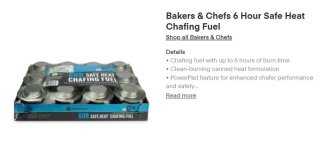
The 6 hour chafing heat cans cost around 2.00 apiece when you buy the large packs, and it's peace of mind.
You can put a Jellyfish fuel can in the heater unit. Jellyfish is in a bigger, taller can, which gives a higher flame and will get the top of the unit hot enough to boil a big pot of water for bathing yourself or for making food, but the Jellyfish only burns for three hours. I did get 48 cans of the Jellyfish too, back in 2021. All of these kinds of alcohol fuel cans store indoors indefinitely.
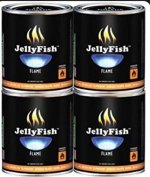
The kerosene heater gives me enjoyment every winter day with the Christmas lights inside, and I'm satisfied that whenever I might need to, I can remove the lights, add the chafing heat, and have a successful emergency heat method with 5-minute setup. Here it is, still sitting atop the small trunk near my big chair, with the room lights off, the only way I could get a photo showing the effect. The flicker flame Christmas lights really look like burning coals. I used chicken wire to string them high inside, so the dancing light comes out of the top pierced design too.
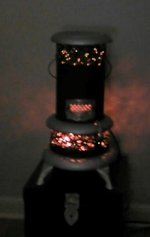
Now I'm thinking about getting a Vesta Instafire, which I just found out about a few days ago, not for cooking but as another reliable heater using 6-hour chafing cans:
Cook your food and heat a whole room with the VESTA Self-Powered Indoor Space Heater and Stove. Runs on canned heat—no power needed! Stay prepared with the VESTA today.

www.instafire.com
But I have to ask myself if I really need it. What I like is how the chafing heat causes its fan to start turning, non-electric, almost you'd say a "free energy" element, except it's the heat from the chafing fuel that makes it turn, blowing the heat forward into the room. I also like the warm visible flame. This video demonstrates it:
I can tell you that the first year I researched indoor emergency heat, mainly on YouTube, I found all sorts of ugly contraptions that required power tools to make, some that required venting to the outdoors. I tried some of the terra cotta pot heater options. Believe me, clay pots and tealights do not work for heating.
You can use the chafing heat that goes less than 6 hours, for cooking, heating water. The 2-hour cans are as cheap as a dollar apiece. You can start a can and snuff it when you're done, and if any fuel remains, just cover it until next time, but don't screw the lid back on tight until the whole can has cooled, or you'll get a "vaporlock" that makes it hard to re-open.
This is my favorite simple setup for emergency heat cooking, because it reminds me of an old country kitchen. I went to Home Depot and bought a quarry tile like that for safety, but I don't use bricks and rack. I found the wrought iron rack for a fondue set, all by itself without the fondue pot or forks etc., at a thrift shop, and that's what I use. It has a well for the chafing heat.
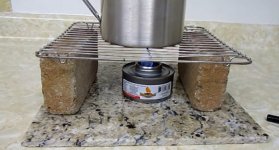
Finally, Heet in the yellow bottle only, not the blue or the red, is indoor safe, and safe for cooking. Campers and backpackers use it. I have a supply of about six of the yellow bottles I got on sale. You can fill a clean empty tuna can and use it underneath your cooking pan or pot, to make coffee or instant oatmeal, or fry an egg, even make a grilled cheese.
Final note: Don't use isopropyl or "rubbing alcohol" for indoor heating or cooking unless you want to spend days cleaning soot off everything. You'll find plenty of YouTube tutorials that make it seem hunky dory, and I tried it so you don't have to. You're welcome.

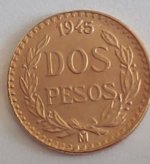
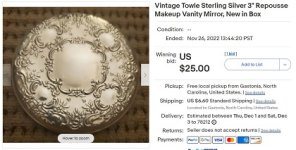





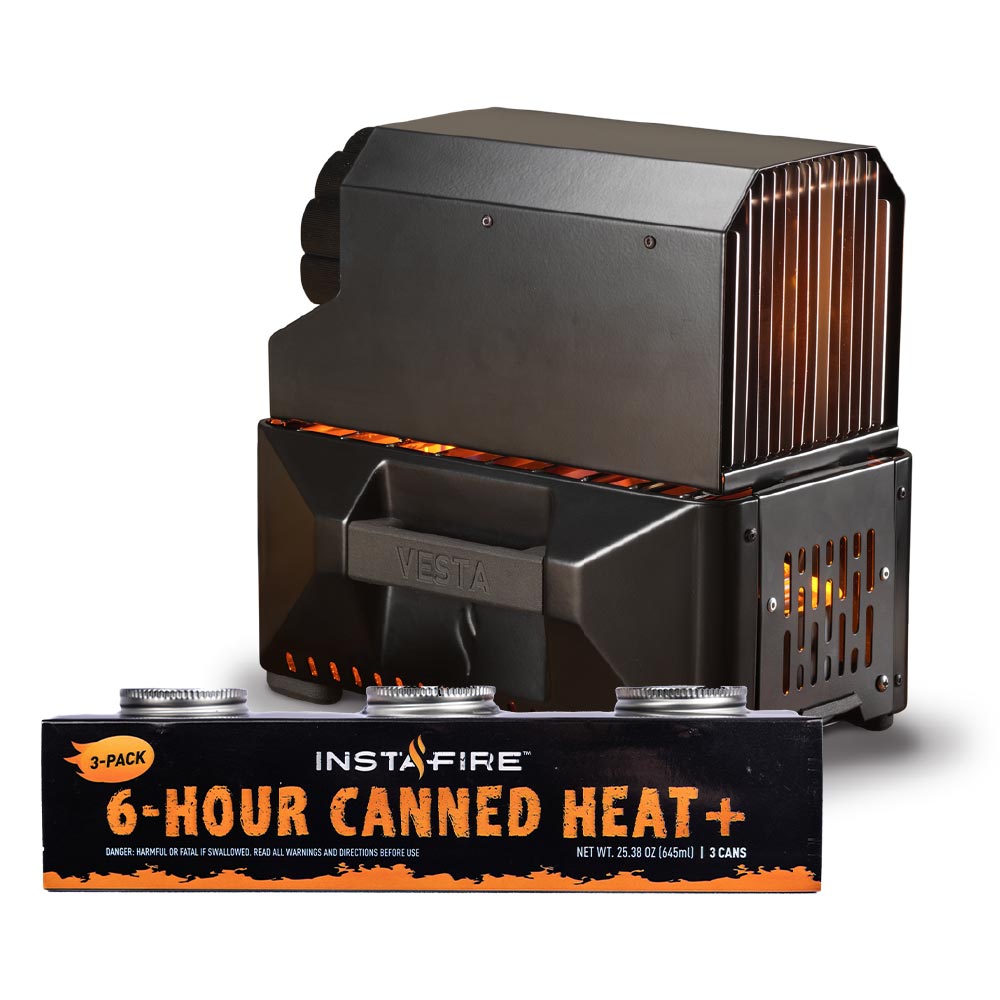

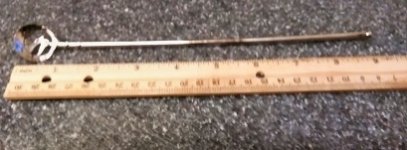

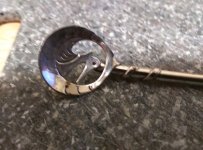
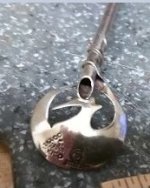
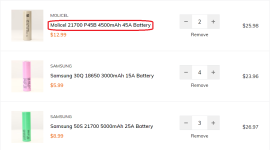

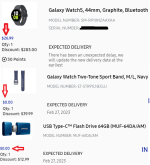

 My wrist starts sweating and from there I bug out.
My wrist starts sweating and from there I bug out.
